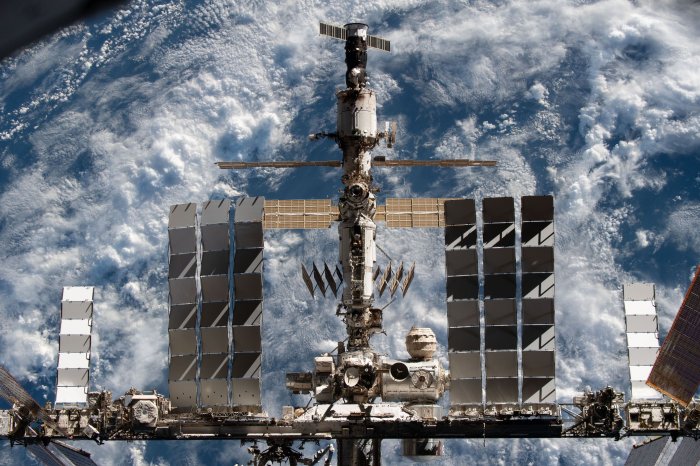1 of 5 | An illustration depicts the James Webb Space Telescope floating in space after launch and deployment of sun shield and reflective dish. Image courtesy of NASA
ORLANDO, Fla., Jan. 24 (UPI) -- The James Webb Space Telescope arrived Monday at its final destination, where it will orbit the sun over 1 million miles from Earth to observe the earliest galaxies and more.
Operators on Earth fired Webb's thrusters at 2 p.m. EST to maneuver the observatory into a stable gravitational point, known as Lagrange Point 2 or L2, where it will be held by Earth's gravity to remain in a solar orbit.
The spacecraft fired its thrusters for about 5 minutes to reach the spot.
NASA Administrator Bill Nelson congratulated the team of engineers and technicians working to ensure the telescope achieves its goals.
"We're one step closer to uncovering the mysteries of the universe," Nelson said in a press release. "And I can't wait to see Webb's first new views of the universe this summer!"
Webb's orbit will allow it a wide view of the cosmos at any given moment. Its position far from Earth also will allow it to cool to extremely low temperatures needed for its infrared instruments.
In the coming years, as Webb reveals secrets of the universe, it will periodically fire thrusters to stay in its position, but in synch with Earth's orbit of the sun. That way, operators on Earth will remain in communication with the $10 billion observatory.
"We are now on the verge of aligning the mirrors, instrument activation and commissioning and the start of wondrous and astonishing discoveries," Bill Ochs, Webb project manager at NASA's Goddard Space Flight Center, said in a news release.
Astronomers have booked Webb to observe the earliest galaxies, supermassive black holes, pulsars, nebulae and exoplanets.
Next up is a three-month procedure to align instruments, after which initial images will be taken and transmitted. NASA will oversee the commissioning of the telescope to ensure it is perfectly aligned and tuned to perform sensitive astronomy.
Engineers have ensured the main mirror's 18 segments were released properly from their launch configuration, but all 18 must still be positioned to create a precise curve, Scarlin Hernandez, flight systems engineer at the non-profit Space Telescope Science Institute in Baltimore, said during a live broadcast Monday.
"It's that parabolic shape ... that's what we need to maintain the entire time," Hernandez said.
NASA hasn't said when it will release the first public images from the telescope, but promises they will rival or surpass images from the Hubble Space Telescope.
All data and images from commissioning of the telescope will be released at the end of that process, sometime in June, said Jane Rigby, Webb operations project scientist.
But some images may be released before that, if NASA determines such a release is feasible.
"The schedule calls for the first beautiful images to be released in a press conference about six months after launch," Rigby said. "That is the set of data that will show the telescope is working, the science instruments are working, and is indeed the transformative telescope that we expect it to be."
The International Space Station is pictured from the SpaceX Crew Dragon Endeavour during a flyaround of the orbiting lab that took place following its undocking from the Harmony module’s space-facing port on November 8. Photo courtesy of NASA
















